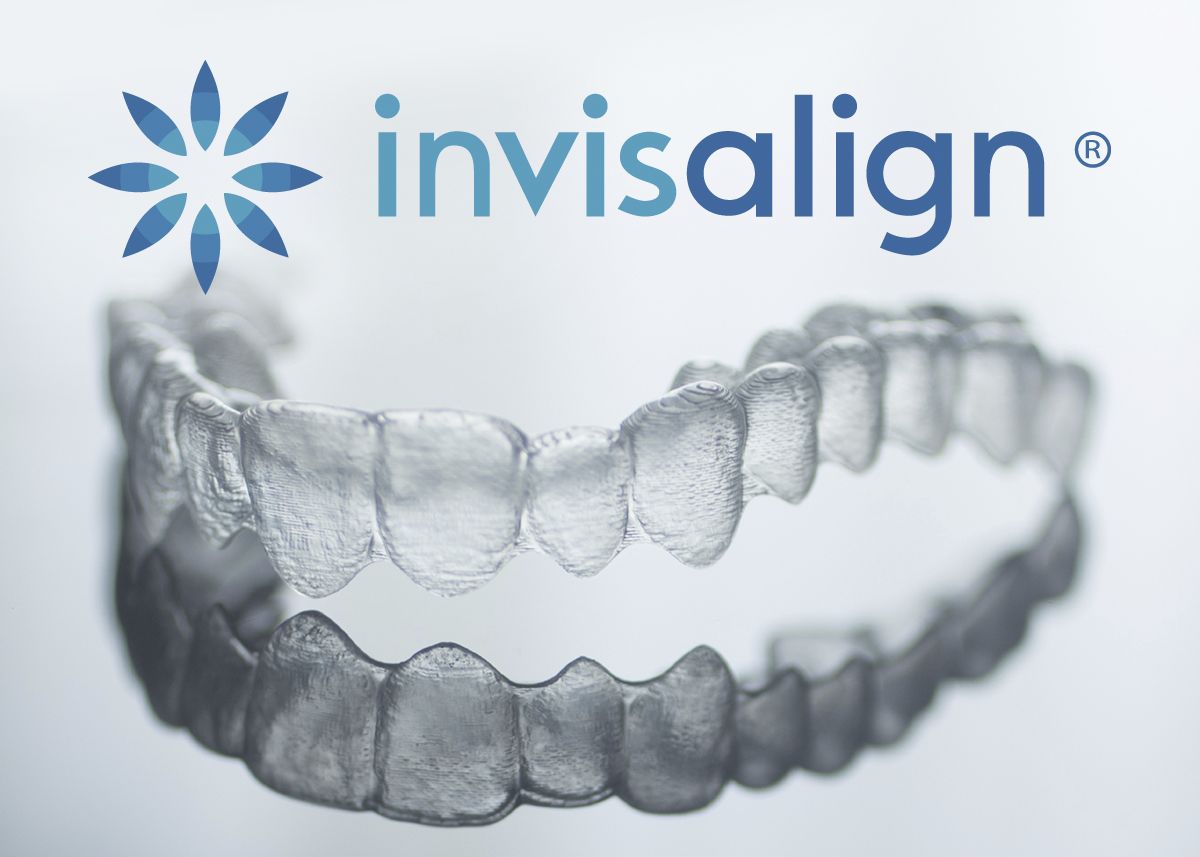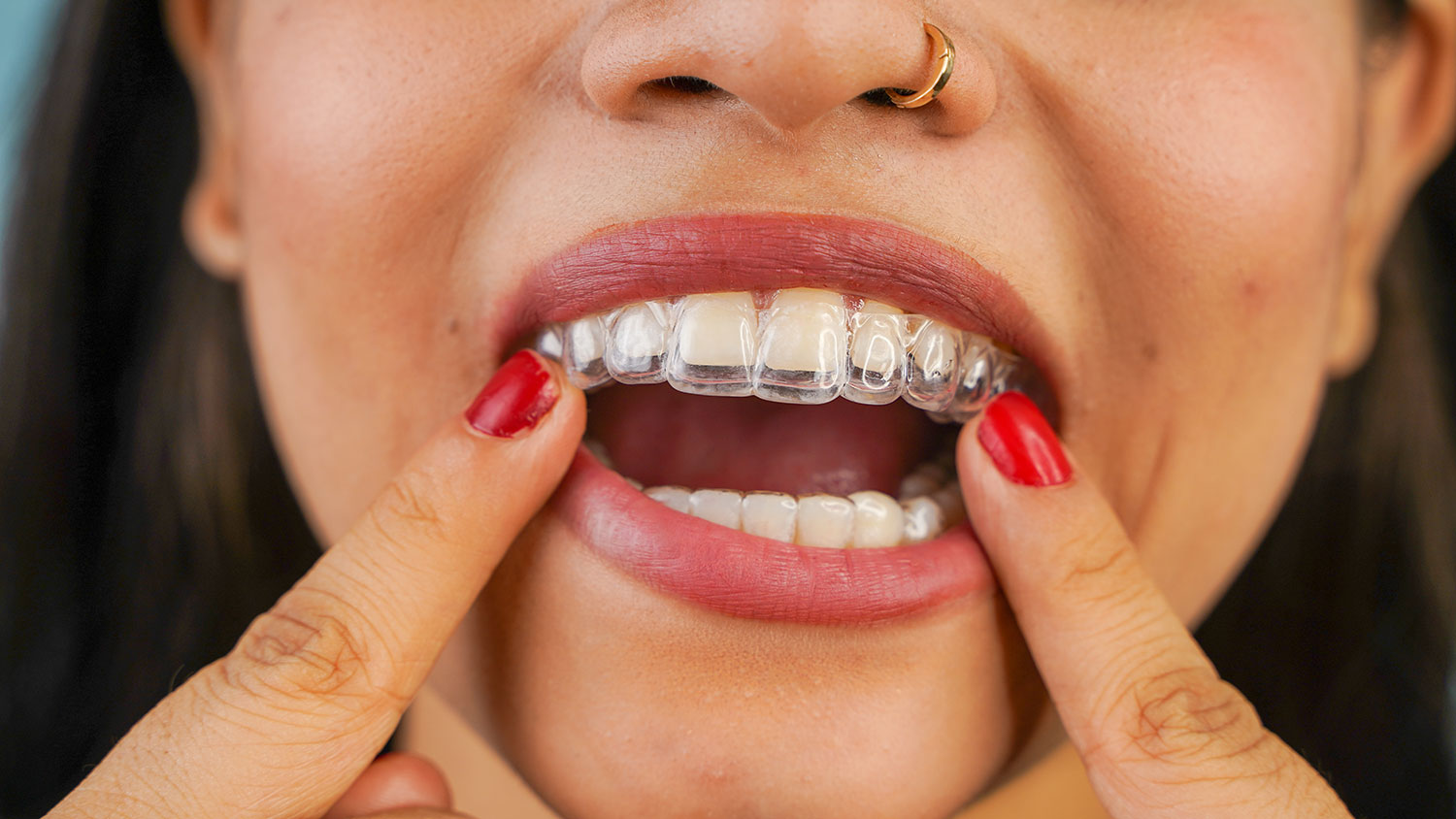Invisalign vs. Conventional Braces: Which Choice Is Right for You?
When taking into consideration orthodontic treatment, the choice between Invisalign and standard braces offers numerous crucial variables that warrant cautious examination. Invisalign uses a very discreet option with removable aligners, while conventional dental braces provide a much more noticeable yet efficient option for serious misalignment. Each choice includes distinct advantages and disadvantages connected to appearances, comfort, treatment period, and price. Recognizing these subtleties is vital for making an informed choice that aligns with your individual preferences and way of life. The concern remains: which option will finest fulfill your orthodontic requirements and assumptions?
Overview of Therapy Choices

In contrast, standard dental braces contain steel braces and wires that are bound to the teeth. This approach uses continuous stress in time to attain placement. While effective for complicated orthodontic concerns, traditional braces need normal check outs for changes and can pose challenges in preserving dental health as a result of the trouble of cleaning about cords and brackets.
Both options have their values, and the option often rests on particular oral conditions, lifestyle preferences, and client conformity. Ultimately, consulting an orthodontic professional is important for establishing the most suitable therapy strategy customized to specific demands. Recognizing the subtleties of each choice can dramatically affect the general success of orthodontic therapy.
Aesthetic Considerations
A considerable element influencing the choice between Invisalign and traditional dental braces is the visual charm each treatment provides. Invisalign aligners are crafted from clear plastic, making them practically unnoticeable when worn. This discreet look is specifically interesting grownups and young adults that might really feel awkward regarding their orthodontic treatment. The ability to preserve an all-natural smile throughout the positioning procedure can substantially boost the person's confidence in specialist and social setups.
In contrast, traditional dental braces contain metal braces and cables, which can be extra obvious. While advancements in orthodontic technology have brought about the development of smaller sized brackets and colored elastics, typical braces still preserve an even more noticeable account. For some individuals, the exposure of dental braces may prevent them from looking for required therapy.
Ultimately, the selection between Invisalign and typical braces might hinge on individual preferences pertaining to aesthetics. Individuals that prioritize discretion often favor Invisalign, while those that are much less concerned regarding exposure may choose standard dental braces. Understanding the aesthetic ramifications of each alternative is crucial for making an informed decision that lines up with one's way of living and choices.
Convenience and Convenience

In regards to ease, Invisalign aligners are detachable, allowing clients to enjoy their favored foods without constraint and preserve optimal dental health. Brushing and flossing are streamlined, as the aligners can be obtained throughout these routines, whereas traditional dental braces call for cautious navigating around cords and braces.
In addition, Invisalign's progressive system enables for less orthodontic sees. Clients generally get multiple collections of aligners simultaneously, which can simplify the treatment procedure and decrease time invested in the orthodontist's chair. In contrast, typical braces demand regular changes, making them less hassle-free for those with active timetables. Invisalign. In general, the convenience and convenience of Invisalign make it an attractive choice for lots of individuals seeking orthodontic therapy.
Therapy Period and Effectiveness
While both Invisalign and typical dental braces are efficient in dealing with dental misalignments, the duration of treatment can vary considerably in between both choices. Usually, Invisalign read the full info here therapy can take anywhere from 12 to 18 months, depending on the complexity of the case. The clear aligners work by slowly changing teeth right into their wanted positions, and regular follow-ups with an orthodontist help guarantee development stays on course.
On the other hand, traditional braces typically need a longer commitment, typically varying from 18 months to 3 years. This is because of their set nature and using cables and brackets, which can be a lot more reliable for serious imbalances and complicated situations (Invisalign). The therapy efficiency of standard dental braces is well-documented, visit this site right here as they permit for specific modifications and higher control over tooth motion
Eventually, the option between Invisalign and conventional braces may rest on both the awaited therapy period and the particular dental concerns handy. Consulting with an orthodontist is essential, as they can offer tailored referrals based upon individual demands, ensuring the picked technique aligns with wanted end results and timeframes.
Expense Comparison and Insurance Policy Choices
Cost plays a significant function in the decision-making process for people taking into consideration orthodontic treatment, whether selecting Invisalign or standard braces. Usually, the price of Invisalign arrays from $3,000 to $8,000, while conventional dental braces normally set you back between $2,000 and $6,000. Factors affecting these prices include the complexity of the case, the period of treatment, and geographical area.
Several dental insurance coverage strategies give partial coverage for orthodontic treatments, but the specifics can vary commonly. Generally, conventional dental braces might be much more regularly covered by insurance coverage plans compared to Invisalign, which some insurers classify as a cosmetic treatment.
Furthermore, a number of orthodontic methods supply versatile layaway plan, making both treatment choices extra easily accessible. Clients must ask about potential funding alternatives and discounts for ahead of time payments. Examining the complete cost, consisting of insurance policy advantages and layaway plan, is necessary for making a notified choice that lines up with both aesthetic preferences and budget factors to consider.

Conclusion
In summary, the choice between Invisalign and traditional braces hinges on multiple factors, including visual choices, comfort, treatment duration, and cost. Invisalign provides a very discreet, removable choice that assists in oral hygiene and dietary flexibility, while traditional dental braces might click to read more be preferable for complicated dental concerns and usually come with a lower rate factor. Ultimately, assessment with an orthodontist is important to assess specific scenarios and identify one of the most proper treatment alternative for accomplishing optimal oral positioning.
When considering orthodontic therapy, the option in between Invisalign and typical dental braces presents numerous vital aspects that merit careful analysis.Contrasting Invisalign and typical braces discloses unique therapy options for orthodontic improvement.While both Invisalign and standard dental braces are efficient in dealing with dental imbalances, the duration of therapy can differ dramatically between the 2 options.Price plays a significant duty in the decision-making process for people taking into consideration orthodontic therapy, whether opting for Invisalign or traditional dental braces.In recap, the choice between Invisalign and typical braces hinges on numerous elements, including visual choices, comfort, treatment period, and expense.